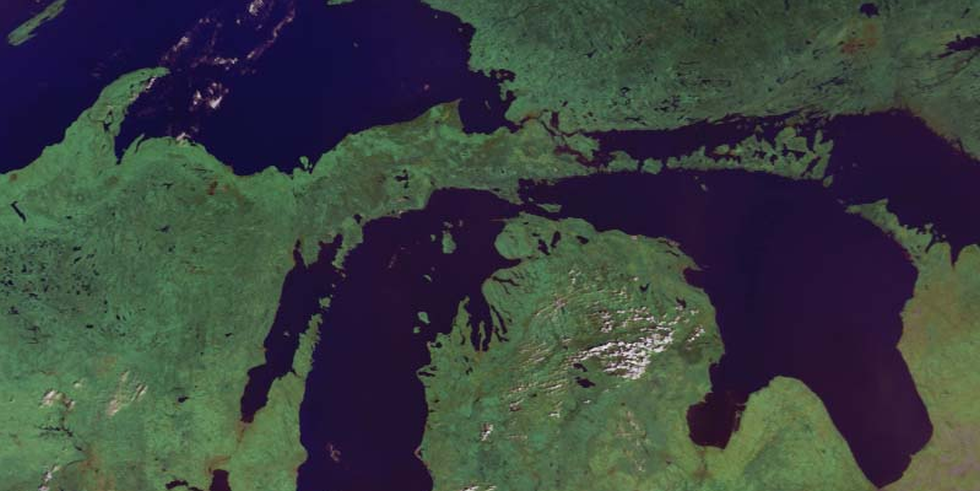
Up North Progressive
Politics and commentary for Northern MichiganMichigan Attorney General Dana Nessel Urges US Fish and Wildlife: Don’t Remove Gray Wolves from the Endangered Species List
Wednesday , 24, July 2019 DNR, Environment, Upper Peninsula, Wolf Hunt Leave a commentAttorney General Dana Nessel submitted a letter to David Bernhardt of the United States Department of the Interior in response to the United States Fish and Wildlife Service’s proposal to remove the gray wolf from the endangered and threatened list on March 15, 2019. AG Nessel’s letter stresses the service’s requirement to follow the law with regard to keeping wolves on the list.
Of the 17 states with gray wolves living in them, the US Fish and Wildlife Service only considered the wolf populations in Michigan, Wisconsin, and Minnesota when they attempted to delist wolves in the contiguous states in 2011. The entire United States only has 16,000 wolves. 11,000 of that number live in Alaska. In 2014, Michigan voters overwhelmingly rejected a wolf hunting season in the state. Shortly afterward, a federal judge ruled that the US Fish and Wildlife Service didn’t follow the law that states all wolves living in the entire habitat range must be considered before removing the species from the endangered and threatened species list. In 2017, former Governor Rick Snyder (R – One Destructive Nerd) signed a bill into law designating the gray wolf in Michigan as a game animal in anticipation of a court of appeals ruling happening later that year. The federal tribunal held up the 2014 ruling and gray wolves remained on the endangered species list.
In her letter, the Attorney General stressed that once again US Fish and Wildlife officials were balkanizing states that have experienced success with managing the gray wolf, while not considering the status of wolf population management programs in other states before making a decision to strip gray wolves of their protected status as an endangered species; the same reason the Federal Appeals Court ruled against them in 2017.
“While Michigan has been successful with its recovery efforts, other states have not been so fortunate. Instead of using Michigan’s leadership to the detriment of the gray wolves in other states, the Service should allow the Michigan Department of Natural Resources to lead by example so that other states can manage the gray wolves within their borders into recovery, not extinction.”
Michigan currently is the home of approximately 660 wolves in the Upper Peninsula and Isle Royale National Park. If the US Fish and Wildlife Service is successful, this will be the tenth attempt in twenty years to remove gray wolves from the list and will trigger yet more lawsuits from various animals rights organizations.
The gray wolf once enjoyed a habitat over all of North America. 5,000 wolves scattered over 16 of 48 states is hardly a sign the wolves have come back from extinction. Some states list them as vermin. In January of 2019, two poachers confessed to illegally shooting wolves with DNR radio collars. Some residents in the Upper Peninsula where the gray wolves live shoot any wolf they see following the SSS policy encouraged by elected state officials.
Trophy hunters and farmers demanding the wolf be removed and hunted to extinction don’t take into consideration the vital role wolves have to the ecosystem by keeping prey animal herds healthy, which in turn benefits the land and waters where they graze. Stories about wolves terrorizing preschools or attacking livestock are just that – stories used to scare people into supporting the eradication of wolves.
Gray wolves in Michigan are a beneficial species providing an important part of the ecosystem. Hunting to the verge of extinction would harm the people of the state just as much as it would harm the wolves.


Greetings, friend! I love comments and read every one of them.